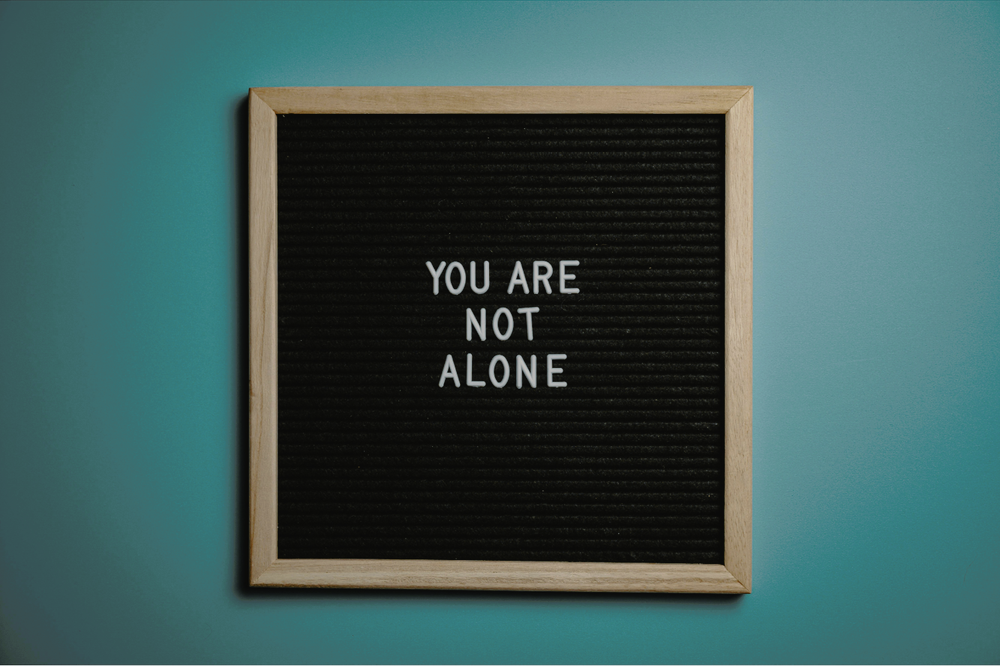Creating safer workplaces: IWFM welcomes new BSI standard on suicide prevention
News
- Workplace
07 November 2025

The British Standards Institution has launched a landmark new standard – BS 30480 Suicide and the Workplace. As the first of its kind, this standard provides practical guidance for organisations to identify, support and protect individuals at risk of suicide.
At IWFM we welcome this important step forward. Suicide prevention is a critical issue that touches every part of society – and the workplace is no exception. Facilities and workplace professionals are uniquely placed to help create environments where people feel safe, supported and able to seek help when they need it most.
As Andrew Gladstone-Heighton, IWFM’s Head of Policy and Insight, reflects:
‘As with all standards, this will help save lives. It cannot be overstated how important it is for all of us to be aware of how we can intervene and support our colleagues through crises and life events to prevent suicide. Sadly, we're all aware of the effect of the devastating hole left by those completing suicide has on their loved ones, friends and colleagues.
‘As the standard itself identifies, one in four of us will have considered taking our own lives at some point. We need to be able to talk openly, without judgment or prejudice, about suicide, and be able to signpost people to support that can help them, including mental health first aiders in the workplace.
‘Suicide, whether completed or attempted, leaves deep emotional trauma and impacts long after the event – we need to build workplaces where we can identify, intervene and support each other and prevent people who may be in crisis becoming the 1 in 13 of us who will attempt suicide at some point.’
A standard that supports workplace action
BS 30480 provides a framework for organisations to develop and implement suicide prevention strategies. It includes guidance on leadership, culture, training, communication and support mechanisms – all aimed at reducing stigma, encouraging openness and ensuring that people in crisis are not left to struggle alone.
The standard also recognises that suicide prevention is not solely the responsibility of HR or wellbeing teams. It is a shared responsibility that spans departments, roles and hierarchies. For workplace and facilities leaders, this means considering how the physical and organisational environment can support mental health and wellbeing – from the design of spaces to the policies and practices that shape daily working life.
The role of workplace and facilities management
Workplace and facilities professionals are often the unseen enablers of safe, healthy and inclusive environments. From managing spaces that promote connection and wellbeing, to ensuring that support services are accessible and visible, the profession plays a vital role in shaping the conditions that can help prevent crisis.
This new standard reinforces the importance of embedding mental health and suicide prevention into the fabric of organisational life. It encourages leaders to take a proactive approach – one that is informed, compassionate and grounded in best practice.
Looking ahead
At IWFM, we are committed to supporting our members and the wider profession in creating workplaces that are not only efficient and compliant, but also caring and resilient. We encourage all organisations to engage with BS 30480 and to consider how its guidance can be applied in their own contexts.
Together, we can help ensure that no one feels alone in their workplace – and that support is always within reach.
Are you experiencing thoughts of suicide or self harm?
You’re not alone. Contact The Samaritans, day or night, or speak to your organisation’s mental health first aider. Help and support is always available.
Support Nai’s House – the IWFM Chair’s charity
IWFM’s Chair, Andrew Hulbert, has nominated Nai’s House as the Institute’s Chair’s charity. The charity’s vision is of a world where suicide is all but eradicated, where young people have access to the support they need, and where communities actively engage in preventing self-harm and suicide.
